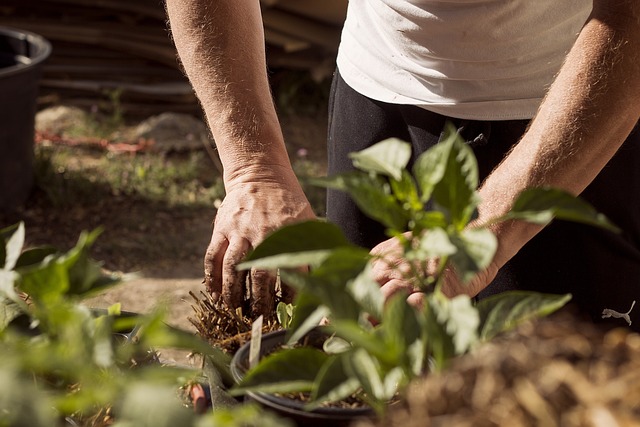
Welcome to the joyous journey of cultivating your spring garden oasis! Whether you’re aiming for a burst of colorful blooms or dreaming of a veggie patch, these tips will guide you through the rewarding process of nurturing your garden to life.
1. Plan Your Garden Layout:
Imagine the canvas of your garden. Sketch out a plan, taking into account the sunlight each area receives. For vibrant flower gardens, think about the heights and colors that complement each other. In the vegetable patch, consider companion planting to maximize growth.

Image by Jill Wellington from Pixabay
2. Choose the Right Plants:
Selecting the right plants is crucial. For a delightful flower garden, consider classics like daffodils, tulips, and daisies. In the vegetable patch, tomatoes, peppers, and herbs like basil and rosemary are excellent choices. Research your region’s growing conditions for optimal results.
3. Prep the Soil:
Healthy soil is the cornerstone of a thriving garden. Loosen the soil, removing weeds and adding compost for nourishment. Flower beds may benefit from well-draining soil, while vegetables often prefer nutrient-rich soils.

4. Seed Starter Kits:
Kickstart your garden with the UTYLNE Seed Starter Kit. Its peat pots are perfect for herbs like cilantro and chives, while the larger cells accommodate tomato seedlings. The humidity dome ensures your little green family gets the best start.
5. Watering Wisdom:
Master the art of watering. Flowers like consistent moisture, so invest in a soaker hose. For veggies, provide deep watering, allowing the soil to dry slightly between watering sessions. The UTYLNE kit’s moisture-absorbing peat pots aid in maintaining an optimal environment for seedlings.

6. Mulching Magic:
Introduce SuperMoss Coco Mulch for an eco-friendly mulching solution. Lay it around flowers like roses and hydrangeas to regulate temperature and retain moisture. In the veggie patch, it prevents soil erosion and suppresses weeds.
7. Pruning Practices:
Pruning isn’t just for looks; it’s for health. Trim spent blooms from flowers like geraniums and marigolds to encourage continuous flowering. For vegetables, prune overcrowded branches to improve airflow and prevent diseases.

Image by aedrozda from Pixabay
8. Protect Your Garden:
Safeguard your garden with garden netting to deter birds and pests. In flower gardens, it protects delicate blooms like sunflowers and zinnias. In the vegetable patch, it preserves your hard-earned produce from hungry critters.
9. Fertilize with Care:
Choose a balanced fertilizer and tailor it to your garden’s needs. Flower gardens may benefit from a phosphorus-rich mix, while vegetables thrive on a well-balanced blend. Follow recommended guidelines to avoid over-fertilizing.

Image by Jill Wellington from Pixabay
10. Enjoy the Harvest:
As your garden flourishes, revel in the bountiful harvest. Cut fresh blooms for a fragrant indoor bouquet or gather homegrown tomatoes, peppers, and herbs for a flavorsome meal. Your garden is a testament to your nurturing care.
With these tips, your spring garden will transform into a tapestry of colors and flavors. Happy gardening and enjoy the wonderful journey of seeing your garden bloom and thrive.
Related: Let These Children’s Books Inspire Your Next Family Adventure
Lisa Crow contributed to this article. She is a travel writer and lifestyle blogger based in Waco, Texas. Lisa is the Head of Content at Gigi’s Ramblings. She spends her free time traveling when she can and making memories with her large family which consists of six children and fifteen grandchildren.